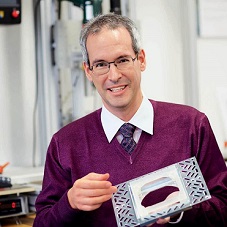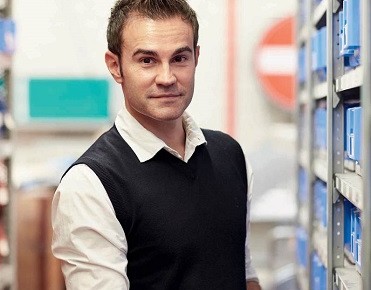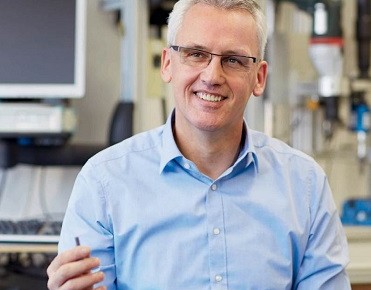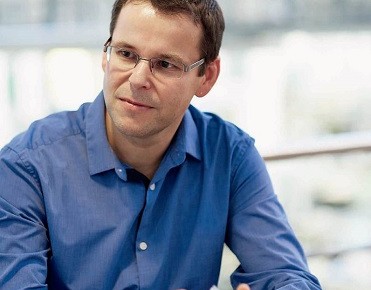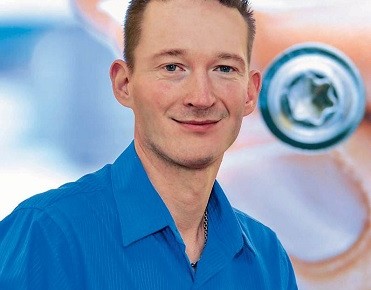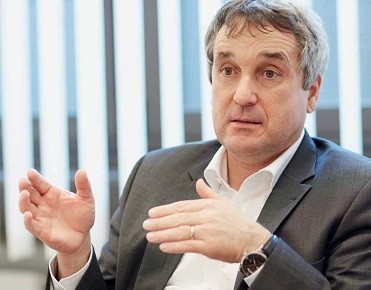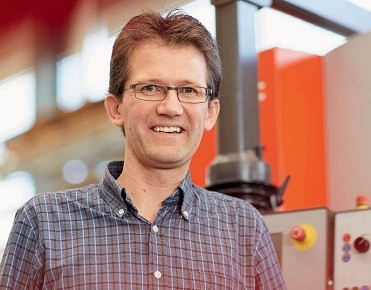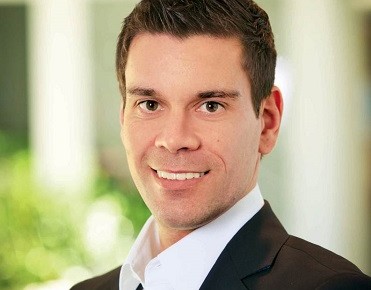Andreas Blättler
Engineering Consultant, Bossard Switzerland
All companies want to manufacture their products faster, better and more cost-effectively. In order to recognize the potential of lean management, an outside perspective is often useful. Such was the case at an electrical engineering company I recently consulted for. Although the company has its own R&D department, it is small and the staff is busy with day-to-day business. I know from my own experience as a design engineer that in-house there is a real risk of blind spots. You sometimes need an objective set of eyes to identify more radical, fundamental optimization opportunities.
It made sense that this company asked Bossard for support because we have supplied them with fastening elements for many years. We have also successfully implemented our Bossard Inventory Management system for them. We were now tasked with helping them with their product development under the aspect of design-to-cost, which is to develop a new and more cost-effective design for their floor service boxes.
For such projects, which we call Bossard Next Generation, the optimization potential for customers is particularly significant because the leverage is the greatest. There are two requirements for a successful Next Generation project: First, an interdisciplinary approach must be taken where all the important players work together.
For the development of the floor service boxes, for example, it was important to incorporate the third-party sheet metal supplier. As an external consultant, I constantly have to be aware that I’m working on somebody else’s turf. For this reason, a second important requirement in Next Generation projects: the commitment of senior management to drive change.
As with all Bossard Next Generation projects, using the value-stream analysis methodology, I start with the existing production processes. Walking through the production halls, I gained an overall understanding of the operations from receiving to shipping. In fact, I always begin at the end: with shipping. In other words, I go backwards to understand the customer’s perspective. I also talked to the workers on the production line, with the people who assemble the product. We analyzed my findings, identified optimization potential, validated the results and then presented them to the customer.
Our proposed Next Generation solution for the floor service boxes calls for far fewer screws – that alone will enable the customer to lower manufacturing costs by approximately 42 %. By reducing the number of individual parts from 23 to 16, throughput is accelerated and, as a result, the customer stands to gain 20 % in productivity.

